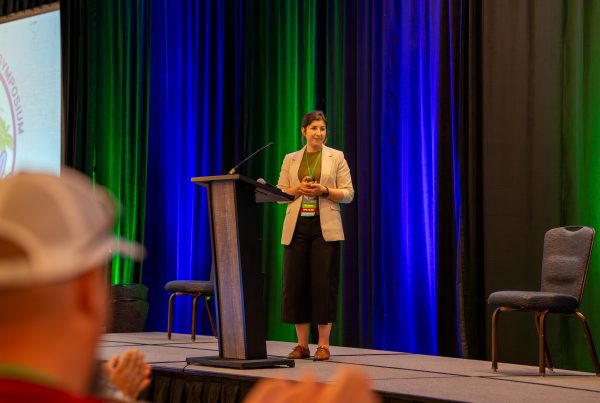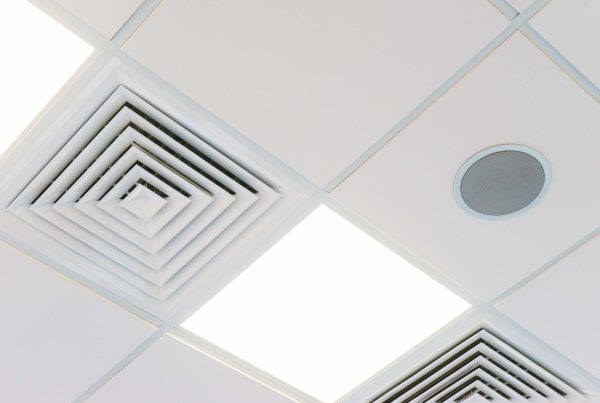A new study shows that different types of workplaces indicate minor differences in measured radon levels. When the world’s largest radon laboratory Radonova carried out measurements at approximately 10,000 workplaces between 2018 and 2020, the variations between offices, industries, stores, and schools were inconsequential. The exception applies to underground workplaces, where radon levels, as expected, tend to be higher than any other type of premise.
– We already know that the percentage of workplaces with elevated radon levels is relatively high. What is now emerging is that it is not possible to say in advance whether a certain type of premise or different floor level, entails an increased risk with regard to radon levels. The exceptions are underground workplaces, but they are relatively few in number and generally are highly aware of the health implications of radon exposure, says Radonova Laboratories’ technical manager Tryggve Rönnqvist.
What is radon?
Radon is a radioactive gas that leaks in from the ground and in some cases derives from building materials. Depending on the ground under a house and its building structure, harmful high concentrations of radon can occur. Radon is a health risk that is the second most common cause of lung cancer after smoking. Globally, an estimated 230,000 people suffer from lung cancer each year as a result of long-term exposure to radon.







